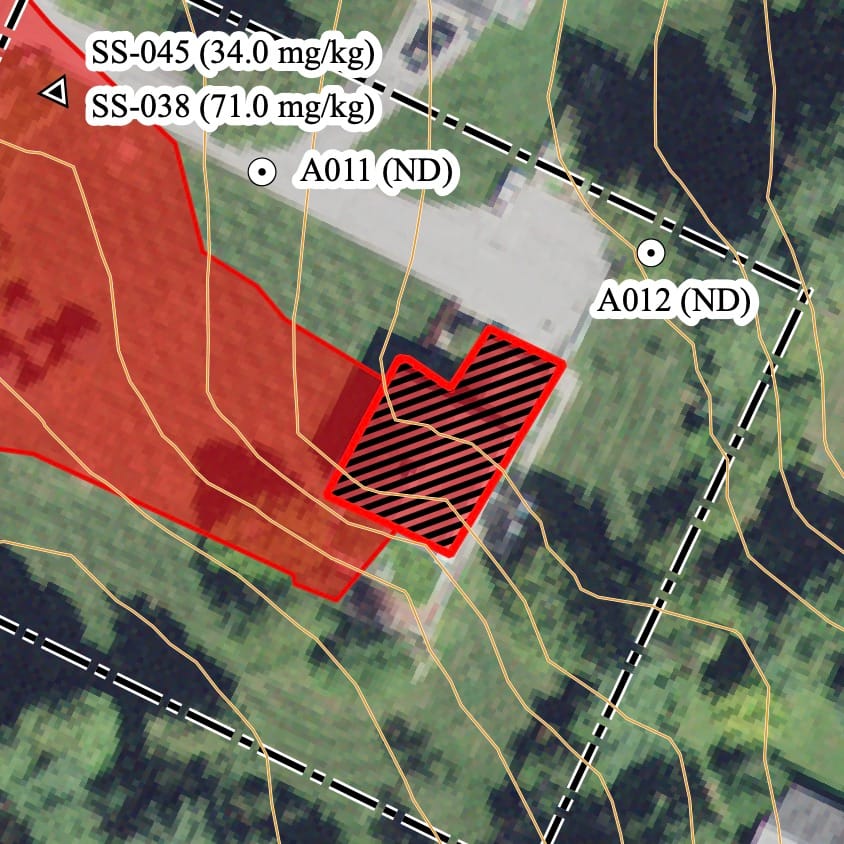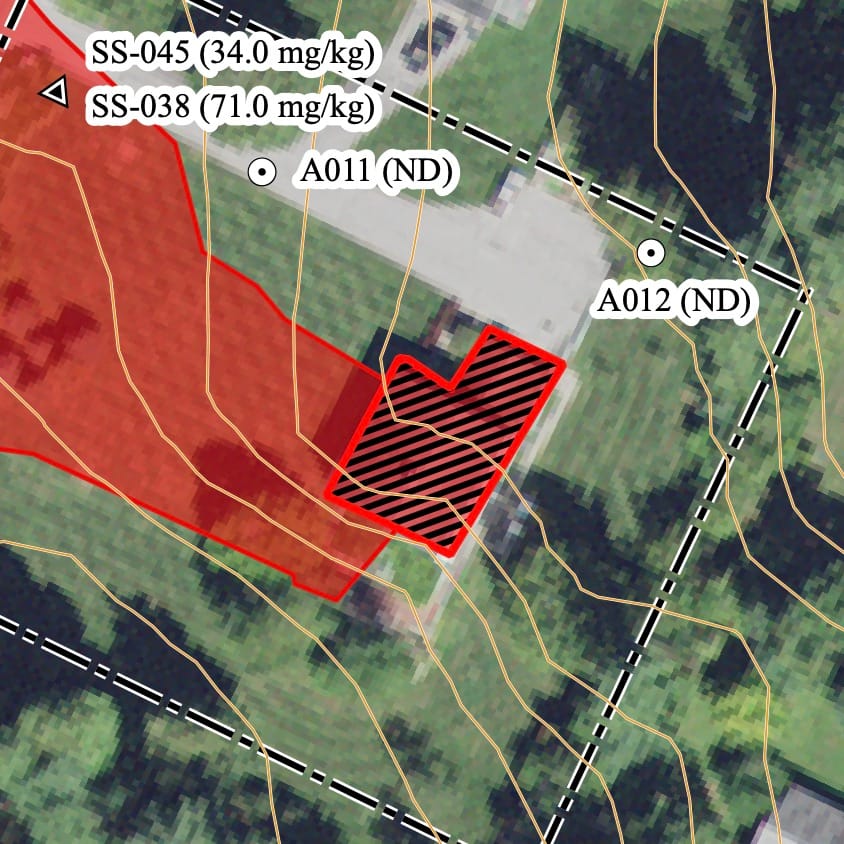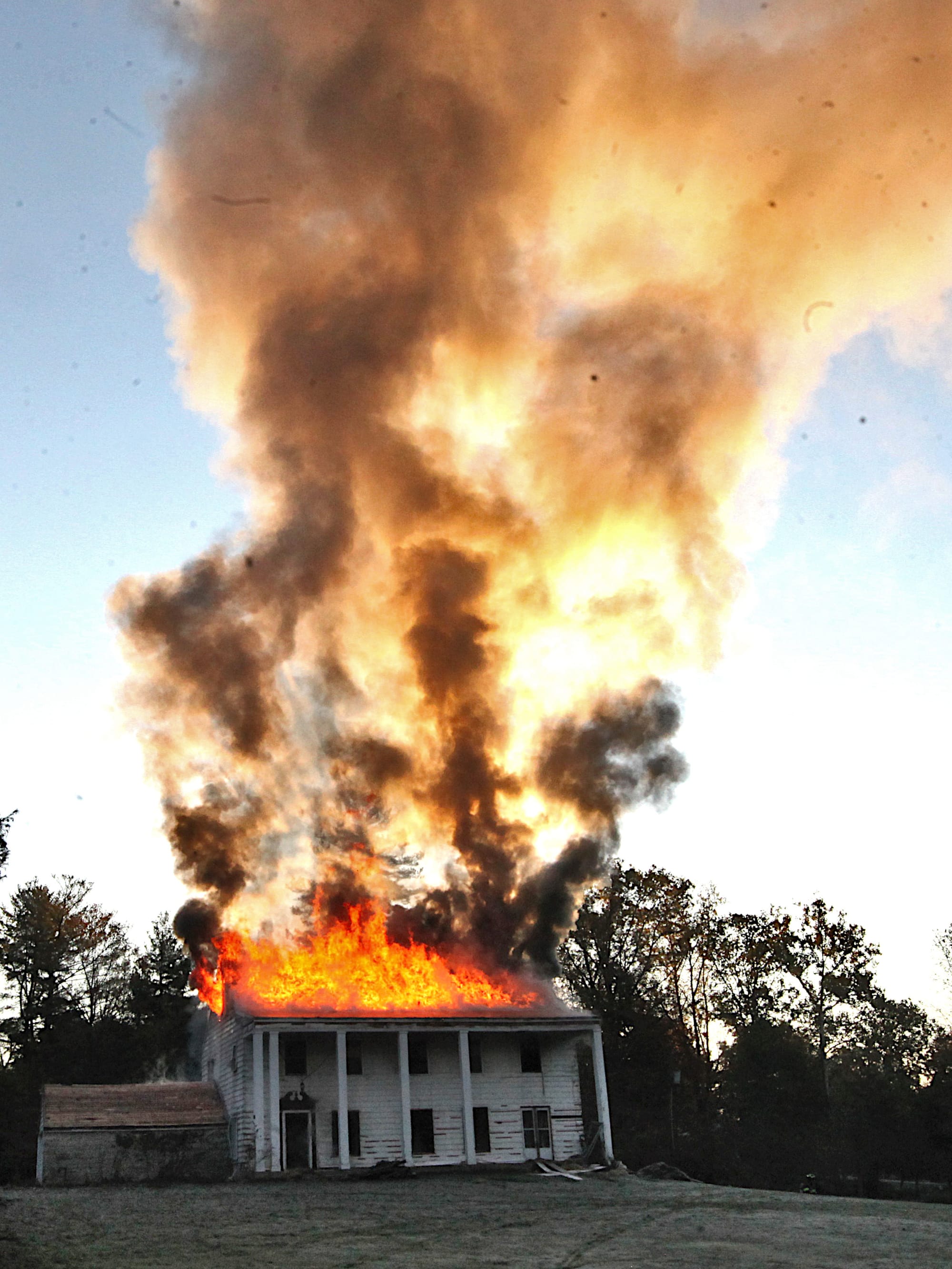Full report: Lead fallout from Bloomington fire department burn doesn’t need more investigation




The lead-based paint fallout from the intentional burning of the house at 1213 High Street on Nov. 5 does need additional investigation, according to the city of Bloomington’s contractor, VET Environmental Engineering.
The first 17-pages of narrative from VET concludes with the statement: “It is VET’s professional opinion that further investigation of lead contamination at the Site is not warranted”
The whole report runs 2,430 pages.
Also on Monday, Bloomington fire chief Jason Moore indicated none of the blood tests for lead done for nine different people had come back positive.
Five firefighters had their blood tested for lead, along with four members of the public, including this reporter. Tests were offered to the public on Dec. 4 at the downtown fire station.
The blood samples were collected by fire department staff, using blots from finger sticks. The blots were submitted to the Monroe County health department for analysis. Official notification of the negative test will be sent by mail to those who were tested, according to Moore.
The house at 1213 High Street was burned to the ground on Nov. 5 as a part of a four-day series of training exercises conducted by Bloomington’s fire department. It was the first such live fire training exercise at an acquired structure in more than a decade.
The fact that flakes falling out of the smoke onto the surrounding neighborhood contained lead-based paint was first identified by resident Matt Murphy.
VET’s full report confirmed the initial findings, which were released two days before Thanksgiving.
In the late November news release, the city of Bloomington said that none of the soil samples taken by VET exceeded 200 parts per million (ppm) for lead. The Indiana Department of Environmental Management requires action to be taken if lead levels are more than 400 ppm. (The full report from VET uses mg/kg as the unit of lead concentration: 1 ppm = 1 mg/kg.)
Based on the table of soil samples included in the report the highest level of lead concentration in any of the 56 soil samples was 140 ppm.
Other highlights from the city’s news release issued on Monday included:
- The visible paint flakes that landed on the neighborhood to the west of the burn site were confirmed by VET to be lead-based paint (LBP).
- In the 13 area air samples collected, no lead was detected. That includes samples collected during clean up activities.
- Surface dust readings conducted using x-ray fluorescence spectroscopy (XRF) showed non-excessive levels of lead dust contamination.
- No lead was detected in leaf litter, which indicates that no leachable lead was present in detectable quantities.
On the final point, the news release says that the leaf litter did not constitute hazardous waste, and was within normal parameters for disposal at a landfill. But out of an abundance of caution, the leaves collected in the affected area were not composted by the city, which would have been the normal practice, according to the news release.




Comments ()